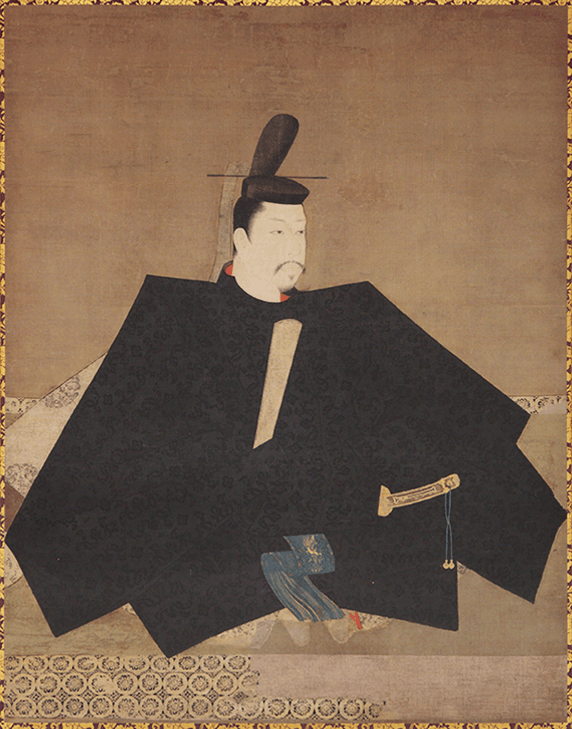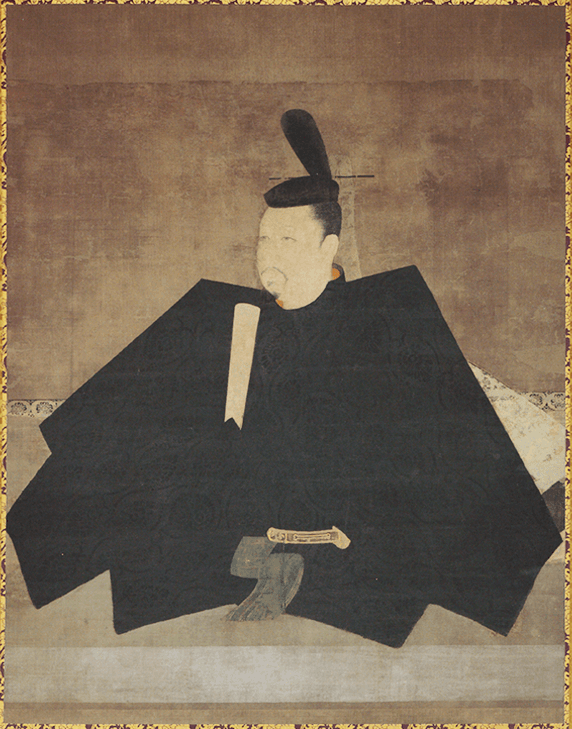Three Portraits of the Jingoji
DATA
- Artist:
- Attributed to Fujiwara Takanobu
- Historical era:
- Kamakura (13th century)
- Material:
- printed on silk
- Medium:
- Three hanging scroll
- Theme:
- High Resolution Facsimile of Historical Cultural Assets
- Size:
-
Minamoto no Yoritomo H143.0 × W112.8 cm
Taira no Shigemori H143.0 × W111.2 cm
Fujiwara no Mitsuyoshi H143.0 × W111.6 cm - Recipient:
- Jingoji Temple (Shingon sect), Mount TakaoMAP
- Period of creation:
- The work of the third period: Minamoto no Yoritomo, Taira no Shigemori
The work of the forth period: Fujiwara no Mitsuyoshi
[Original]
- Current owner:
- Jingoji Temple (Shingon sect), Mount Takao
- Material:
- ink, color on silk
DESCRIPTION
These three portraits are purportedly of Minamoto no Yoritomo, Taira no Shigemori and Fujiwara no Mitsuyoshi. They were handed down to the Sentoin at the Jingoji Temple. Each portrait is elaborately rendered for realistic effect, and was acclaimed a masterpiece of Japanese portrait work when it was designated as a national treasure in 1951.
The Abbreviated Chronicles of Jingoji” state that the portrait of the retired Emperor Goshirakawa was displayed in the center, flanked by the portraits of Minamoto no Yoritomo and Taira no Shigemori on the left and right respectively, and with portraits of Taira no Narifusa and Fujiwara no Mitsuyoshi, a member of the nobility in the late Heian period and vassal to the Goshirakawa court, at the foot, all positioned to look toward the former emperor. Of these portraits, the only portrait of the retired emperor that remains is from the Muromachi era, while no portrait remains of Taira no Narifusa.
he nearly life-size portrait of Minamoto no Yoritomo wonderfully expresses the inside of this idealistic warrior.
The portrait of Taira no Shigemori was well received in Europe, and was even rotated into display at the Louvre Museum among such classics as Milo's Venus and the Mona Lisa.
In each portrait, the subject sits on a tatami mat wearing old ceremonial court attire and a long sword tucked in the obi, conveying a firm display of presence.
The artist, Fujiwara Takanobu is considered an expert of imitation portraits. This work is said to be from early Kamakura era.



